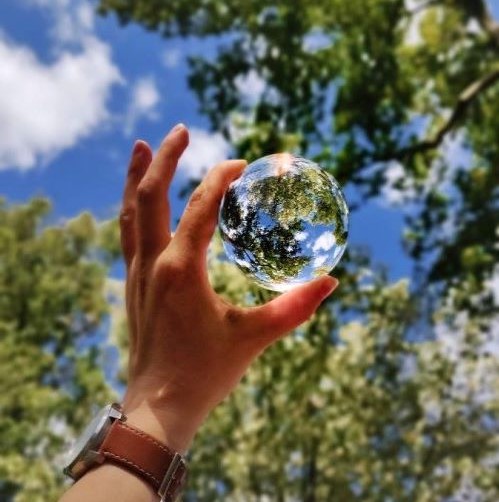
How to Anticipate and Eco-Design a Product
Nearly 72 % of French consumers are more sensitive to environmental issues and to the impact of their purchases. As a mechanical and industrial engineering office, our mission is to reduce the environmental footprint of every product we help design.
Eco-design means anticipating every stage of a product’s life cycle — from manufacturing to end-of-life — to minimize environmental impact without compromising performance or cost. Here’s how to implement a coherent, efficient strategy.
1. Analyze the product life cycle
Eco-design starts with a life-cycle assessment. From raw-material extraction to product disposal, every step affects the environment and must be considered early in the design process.
Raw-material extraction
Oil, metals, lithium — each material requires energy to extract and has varying recyclability. Understanding these parameters helps make better design choices.
Manufacturing
Machining, plastic molding, electronic assembly, supplier location — every decision has an environmental cost. These aspects must be factored in from the start of product design.
Transport and distribution
Efficient logistics can greatly reduce carbon footprint : choosing nearby suppliers, optimizing deliveries, and minimizing transport distances all make a difference.
Product use
Energy consumption, repairability, and lifespan determine long-term impact. Designing for easy repair and low power consumption extends product life and reduces waste.
End-of-life and recycling
Recycling, reconditioning, or reuse — each gives a second life to the product and reduces waste. Using endlessly recyclable materials like aluminum promotes circular design.

Each design decision impacts cost and production strategy. Working closely with your engineering team helps balance eco-design with industrial efficiency. The earlier the choices, the greater the benefits.
+ AQ-TIPS
- Analyze every stage of the product’s life.
- Think about the service provided, not just the object.
- Choose recyclable and durable materials.
- Anticipate your design choices early !
2. Design smarter
Product architecture and design have a direct impact on sustainability. Anticipating optimized solutions during design is essential for successful eco-development.
Design for repairability
Use standard components and easy-to-disassemble assemblies to make repair simple and affordable.
Design for durability
A fragile product is a disposable product. Slightly thicker materials can significantly increase lifespan and reduce overall impact.
Think reconditioning
Facilitating refurbishment extends product life and allows customers to renew rather than replace. Provide affordable reconditioning kits whenever possible.
Reduce power consumption
In electronic products, minimize power use : turn off unnecessary LEDs, choose energy-efficient components, and optimize battery size or lifetime.
Optimize design and industrialization
Streamlining materials and reducing parts count leads to a double benefit : cost optimization and lower environmental impact.
+ AQ-TIPS
- Use standard components.
- Reinforce sensitive parts.
- Offer reconditioning solutions for worn parts.
- Reduce unnecessary power consumption.
- Optimize materials and suppliers.
3. Continuous improvement
Design never truly ends. Regularly improving weak points extends product lifespan and increases customer satisfaction. Continuous improvement is the key to long-term sustainability.
As production grows, consider relocalizing part of your manufacturing closer to your customers — both to reduce transport emissions and to strengthen your industrial resilience.
+ AQ-TIPS
- Continuous improvement ensures both sustainability and customer satisfaction.
- Optimize gradually — step by step.
Final thoughts
Eco-design starts early : anticipate every phase of the product’s life, make responsible choices, and improve continuously. At AQ-Tech, we support our partners in building smarter, more sustainable, and longer-lasting products.




